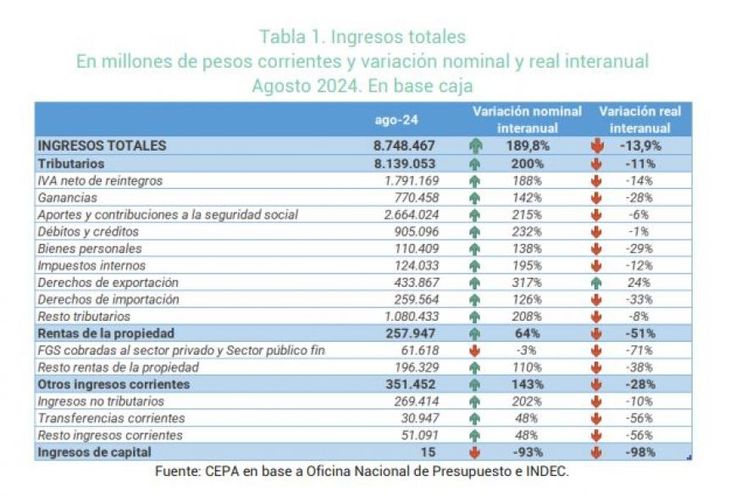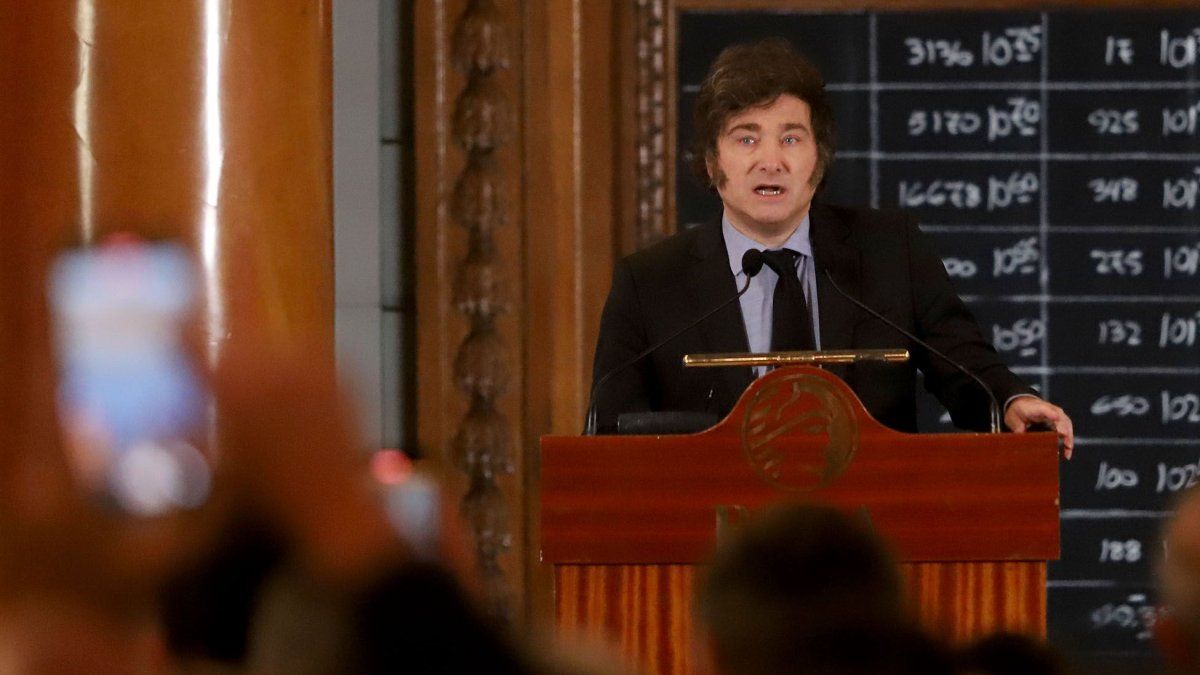In August, the national economy returned to a fiscal surplus, supported by reduced spending.
Spending, surplus and debt: The three axes of the next annual budget are the current guidelines of the economic policy of Javier Milei, who in August again specified a positive balance in the fiscal balanceHowever, these funds end up being used to pay interest on the country’s commitments.
The content you want to access is exclusive for subscribers.
The fiscal report made by the Center for Political Economy of Argentina (CEPA) revealed that in August 2024 the National Public Sector (SPN) recorded a fiscal surplus of $899.66 billion, of which $896.13 billion were allocated to the payment of interest on the debtThe result is a meager balance of $3.531 billion in favor of the country, without considering the interests corresponding to the LEFI and LECAPS that would leave the balance in deficit.


In this context, the main support for the surplus of the month was the reduction of public spendingwhich in August reached the sum of $7.8 trillion (an interannual fall of 23.7%, considering inflation). The main components of this decrease in the annual accumulation were education (-92%), housing (-92%) and transportation (-73%)with a marked cut in transfers to provinces (-41%) and universities (-31%).
As exceptions, there are two expenditures that increased: those corresponding to payment of transportation subsidies and funds for beneficiaries of universal allocations.
Cepa Expenses.jpg

Reduction in income in August 2024
The report also exposes a reduction in revenues in the National Public Sector (NPS): By August 2024, the country received $8.7 billion, which represents a 13.9% year-on-year reduction -considering the inflation adjustment- and the second most significant drop in revenue so far this year.
The figures justifying this decrease mainly point to the contributions and contributions of the private and public sectors for social security, a statistic that fell by 71% year-on-year. Also significant were the reductions due to current transfers (-56%), import duties (-33%) and personal property tax (-29%).
The only contribution that shows increase in revenue is that of export duties. This section, which had a sharp fall in June (-43.7%), is resuming an upward trend and has been growing for two consecutive months, reaching 24% year-on-year in August.
CEPA Collection.jpg

Source: Ambito
I am an author and journalist who has worked in the entertainment industry for over a decade. I currently work as a news editor at a major news website, and my focus is on covering the latest trends in entertainment. I also write occasional pieces for other outlets, and have authored two books about the entertainment industry.




